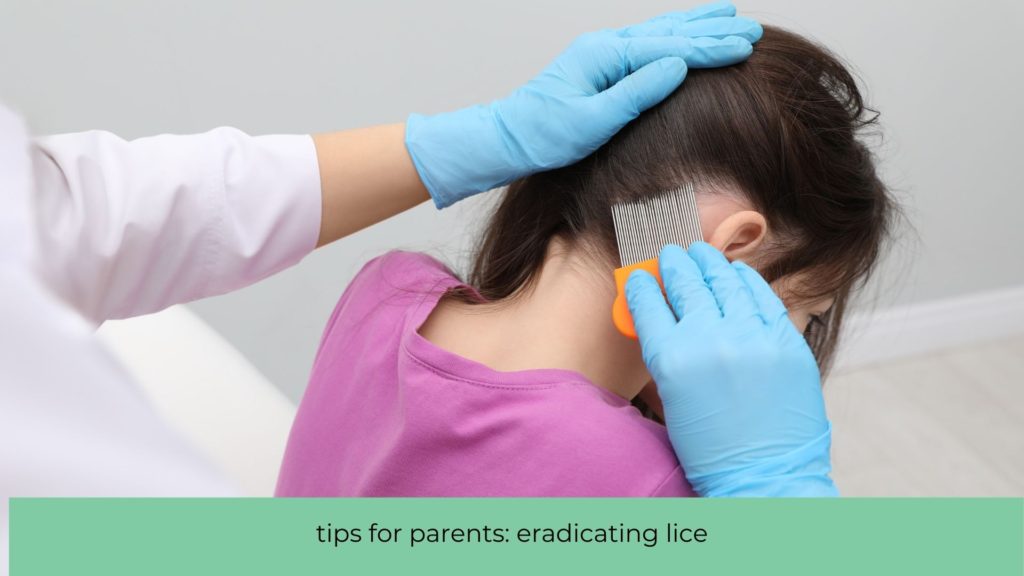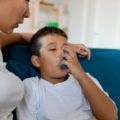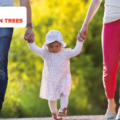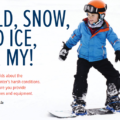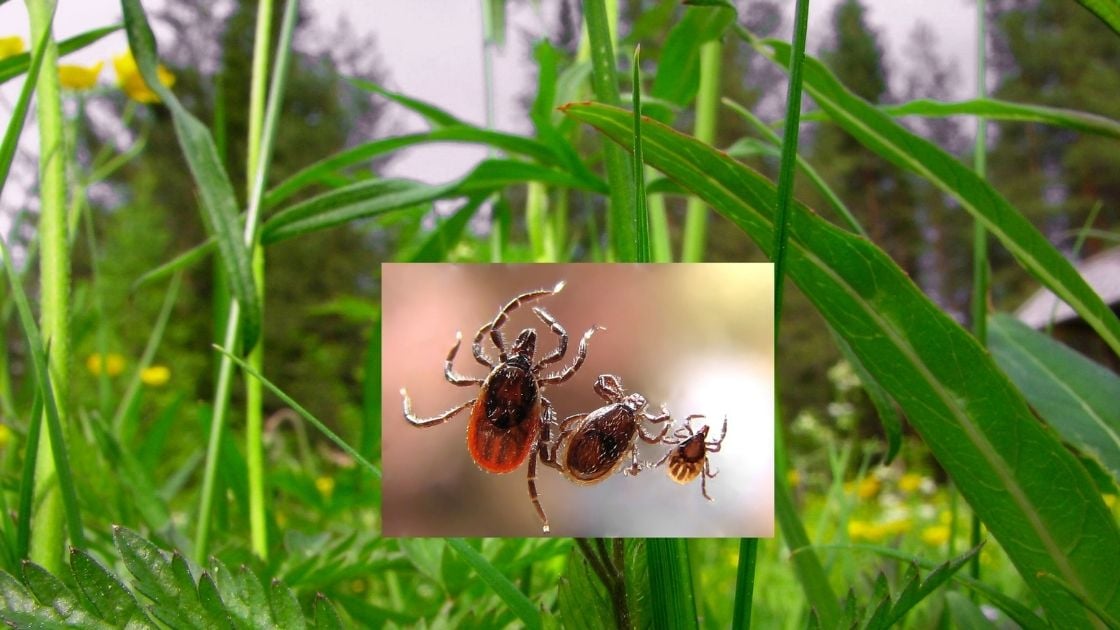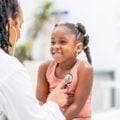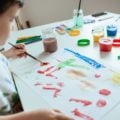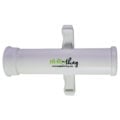Q: Lice is on the loose at school! What’s the best way to see if our kid has it?
A: Anyone can get head lice. Every year, millions of school-aged children will become infected with head lice, most commonly preschool and elementary-aged children.
Though it’s not a pleasant condition, it doesn’t cause any serious health issues or conditions.
Head lice are tiny, pale-gray insects that are about the size of a sesame seed. They lay their eggs (nits) on hair close to the scalp. The nits are usually oval shaped and yellow/white in color and are about the size of a knot in a thread. The nits are often easier to see in hair — especially darker colored hair — than the actual insects.
Most commonly, head lice causes itching, often behind the ears or at the back of the neck. Itching can persist even after the lice is treated and gone.
Lice can’t spread by hopping or flying. They typically spread from close, prolonged head-to-head contact. Uncommonly, lice can be spread when kids share combs, brushes, hats or other clothing.
Hair hygiene doesn’t change a child’s risk of getting head lice, nor does the hygiene of the home environment.
The best way to check for lice is to have your child sit in a brightly lit room. Start by parting the hair and looking at the scalp. As mentioned, the actual lice may be difficult to see, but the nits can usually be seen at the hairline at the back of the neck or behind the ears.
Wet the hair and — using a fine-toothed comb — carefully comb through small sections of hair. As you comb through, wipe the comb on a wet paper towel. Inspect the hair, scalp, comb and paper towel to look for evidence of lice or nits.
While dandruff or dirt particles can be easily removed, nits often stay attached to the hair shaft.
Head lice can be treated at home.
It’s best to check with your pediatrician or health-care provider before starting any lice treatment, however. After doing a hair treatment, you’ll want to treat your child’s clothes, towels, bedding and soft toys. Focus on items used within three days of the lice treatment.
All washable items should be washed in hot water and dried on the highest heat setting. Unwashable items should be dry-cleaned or sealed in a plastic bag for two weeks. Also make sure to check all household members and close contacts for head lice.
Learn more at cdc.gov/parasites/lice.
Kimara Gustafson is a Minneapolis mother who works as a pediatrician at M Health Fairview Masonic Children’s Hospital and the Adoption Medicine Clinic, both at the at the University of Minnesota.



